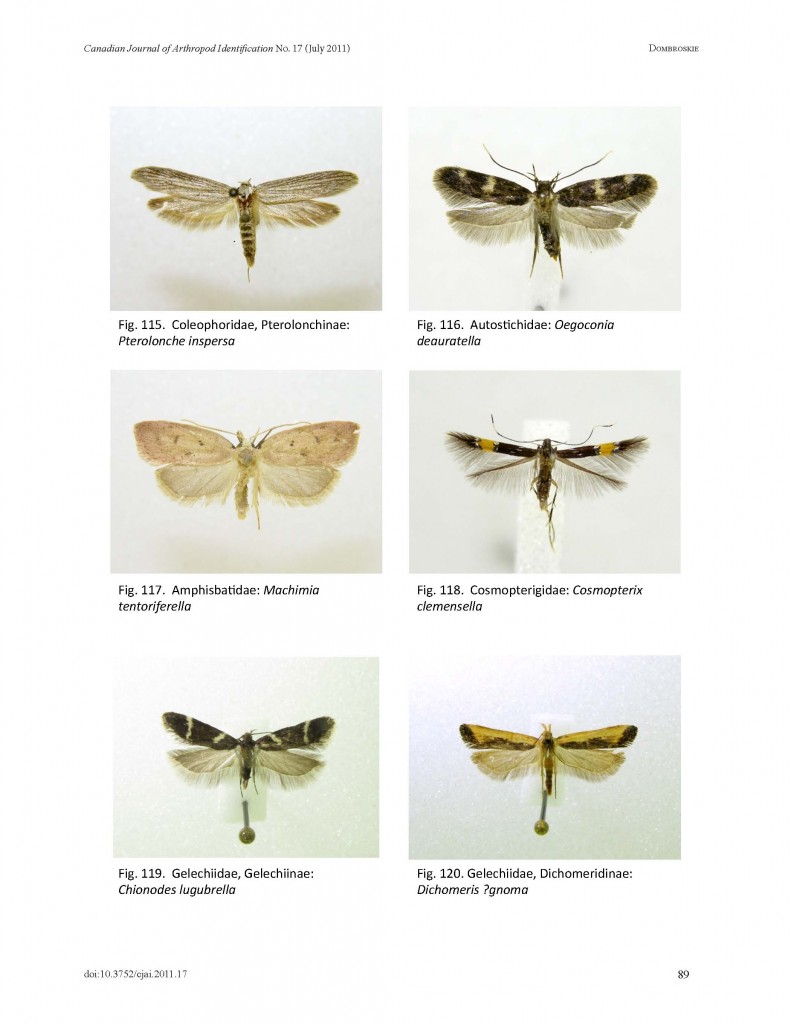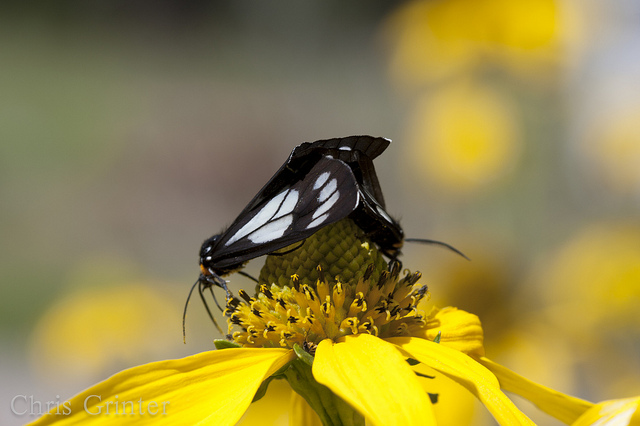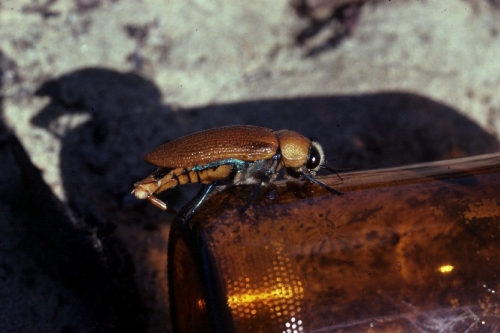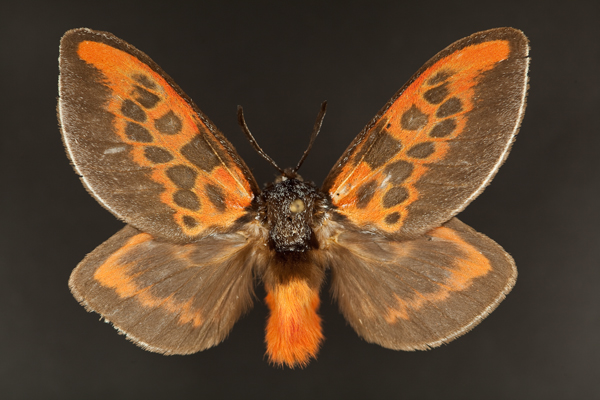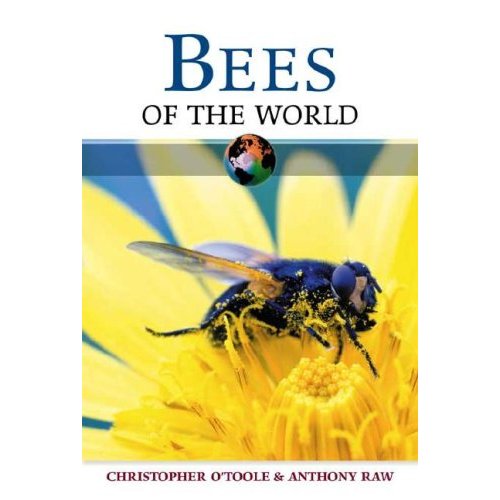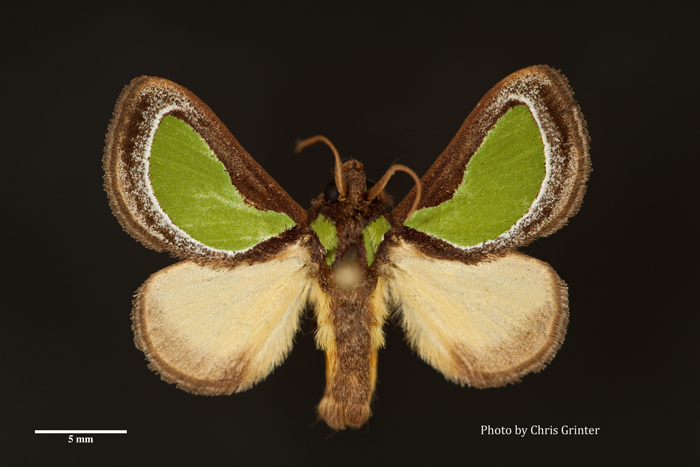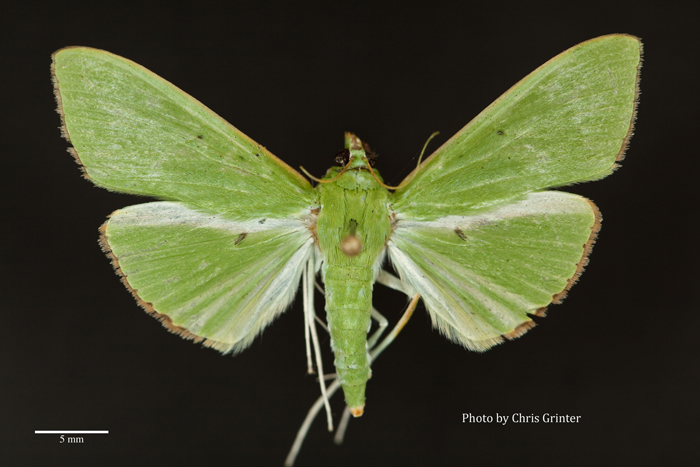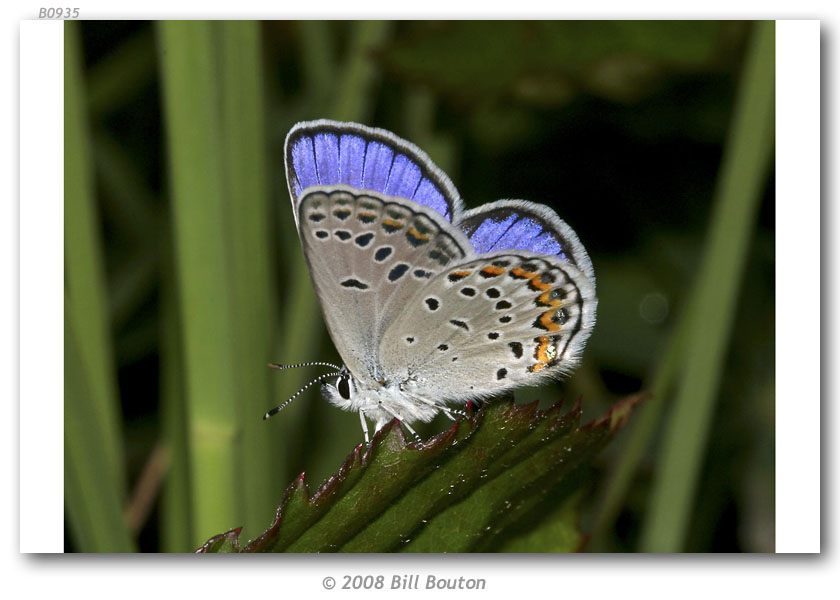A few months ago a magnificent key to the Lepidoptera of Canada (all of them) was published by Jason Dombroskie – a PhD student from the U. of Alberta. The program is available for windows users only so I haven’t had a good chance to explore it yet – but the PDF is available online and covers the same material. All known Canadian Lepidoptera are included in this key and most of them down to subfamily or even tribe! Hay 222 taxa, 73 characters and 266 character states that help narrow things down. This is the first reference of its kind to accurately and completely cover the fauna of an entire country and the first to use a well illustrated and interactive key. It’s surprising how well known the leps are yet how few good references exist, almost none of which have a usable key. For everyone out there who has struggled to identify leps before this will be an incredibly helpful resource. Concedido, there are likely a few US moths that could throw a wrench into the flow of things, but by and large I doubt there will be many problems.
|
Esta polilla lunes es un Arctiinae, Gnophaela vermiculata. Estas hermosas polillas voladoras diurnas abundaban en amarillo Helianto flores alrededor de 9000′ en el Bosque Nacional de Santa Fe, Nuevo México. Las orugas se alimentan de campanillas, pero los adultos prefieren la fuente de néctar de más alta calidad en la zona – lo que afortunadamente hace que los sujetos fotográficos sean fáciles y atractivos. Today marks a sad day in Physics history, los las Tevatron accelerator at Fermi Lab in Batavia Illinois was powered down for the last time. Once the second most powerful accelerator in the world (and most powerful in the USA), the new LHC has made this beautiful machine obsolete. I can only assume the teams of scientists working at Fermi were hopeful for further funding, but the grand ol’ days of big-budget physics was crushed by congress in 1993 with the cancelation of the SSC. Off to Europe our physicists go! I have many fond memories of visiting Fermi with my grade school science class. Every year Mr. House would take us to explore the physics and nature surrounding the lab. I recall a feeling of privilege when you visited a real working lab where there were no public displays with cute goggly-eyed atoms, just chalk boards full of Feynman diagrams and 3 day old cups of coffee. But it was probably the fully restored big bluestem prairie that grew on and around the 4 mile collider ring was where I had the most fun and is what left a lasting impact on my scientific career. And so it goes, the evolution of science in the US. I have noticed this particular trend: 1) An active science facility with lots of research has a tiny museum for public tours. 2) The research loses funding and the tiny museum takes over. 3) The museum is renovated to be more “family” friendly and “interactive”, while science is pushed into the basements. 4) Whatever scientists are left (or students hired to act like scientists) are put under glass for the public to watch like strange creatures; all while true research fades into memory. La 2011 ig nobel La ceremonia tuvo lugar ayer en el Teatro Sanders de Harvard.. El premio está patrocinado por Improbable Research, una organización que reúne fascinantes, impar, y artículos de investigación totalmente divertidos que triunfan sobre la idea de que no toda la ciencia es aburrida. Entre los distinguidos galardonados de este año se encontraba el entomólogo y bloguero David Rentz, quien recibió el IgNobel en Biología por un descubrimiento realizado en 1983 con su colega Darryl Gwynne en el interior de Australia. Para su sorpresa, cierto estilo de botella marrón con hendiduras en la base. (“rechonchos”) demostró ser irresistible para los machos del escarabajo Buprestid
Felicidades Dave y Darryl!
[youtube kZyIN23Cy4Y 480 360] El mundo de los insectos microscópicos es muy diferente al nuestro y rara vez se nos permite vislumbrarlo.. Gracias en parte al impresionante sistema de cámara Phantom y al Artistas de vuelo los investigadores del proyecto han filmado el minuto (1mm!) tricograma avispa (Calcidoidea) en vuelo. Estos insectos son parásitos de huevos de lepidópteros. (entre otros grupos sin duda) y se pueden utilizar como agentes de biocontrol efectivos. Como verá en el video, se sabe desde hace mucho tiempo que estas avispas hacen autostop en lepidópteros adultos que esperan huevos frescos., pero no se sabía cómo llegaron allí y si incluso estaban volando sobre los anfitriones adultos.. Sensacionalmente, esta avispa bate sus alas ~350 veces por segundo para lograr algunas hazañas asombrosas de movimiento. La biomecánica de este mecanismo de ala debe ser fascinante.. Desplácese hacia adelante para 1:07 y observa la interacción de las dos avispas – el que gira a la izquierda de la pantalla se mueve de una manera tan extraña que parece un CGI malo. Espero que registren más especies de diminutos insectos voladores.!
This Monday moth is a stunning female of the Neotropical Megalopygidae – Trosia nigrorufa. Ed Ross and Ev Schlinger collected this specimen in Peru in 1955, and I’ve heard many stories about these epic expeditions. I can’t really imagine travelling via cargo ship, being gone for six or more months at a time and relying mostly on hand written correspondance. It must have made the world feel like a much larger place than it is today. This is a pretty epic fail. supongo que el “adulto joven” las pautas de publicación son menos estrictas con “hechos”.
Thanks to Richard Lee Brown for first posting this on Facebook.
Todos vimos el día de hoy viene, el aumento de las mariposas, el día en que se venga de nosotros. Ya no aceptarán pasivamente volar alrededor de su hábitat, ya que son arrasados por los centros comerciales y contaminada con escorrentía. Un Karner Blue particularmente enojado ha presentado una carta a la cebolla advirtiéndonos que nuestro tiempo está a punto de terminar. Los pequeños Lycaenidae en peligro de extinción se unirán y vendrán tras nosotros una noche tranquila mientras dormimos en nuestras camas.. Nosotros en los lepidopteristas’ La sociedad incluso ha hecho su lista por no tomar medidas.. Juntos deberíamos actuar antes de que sea demasiado tarde – vamos a atacar preventivamente antes del auge del blues. Salva a tus familias! Quema esos contenedores de poliestireno, pavimentar las praderas, conduzca sus vehículos todoterreno y defienda a estos fanáticos revoloteando! (o podríamos simplemente sálvalos…) Ha habido un debate continuo en los últimos años de qué tan pocas mujeres permanecen en la ciencia. Aunque no voy a sumergirse en ese tema aquí, you can find great discussions aquí, aquí, aquí y aquí. No obstante, no creo que nadie discute sobre por qué las mujeres no entran en la ciencia en el primer lugar, especially when you see things like this. Way to print that soul crushing stereotype right on the front of your daughters shirt, JCPenny. (vía Skepchick) |
Escepticismo |
